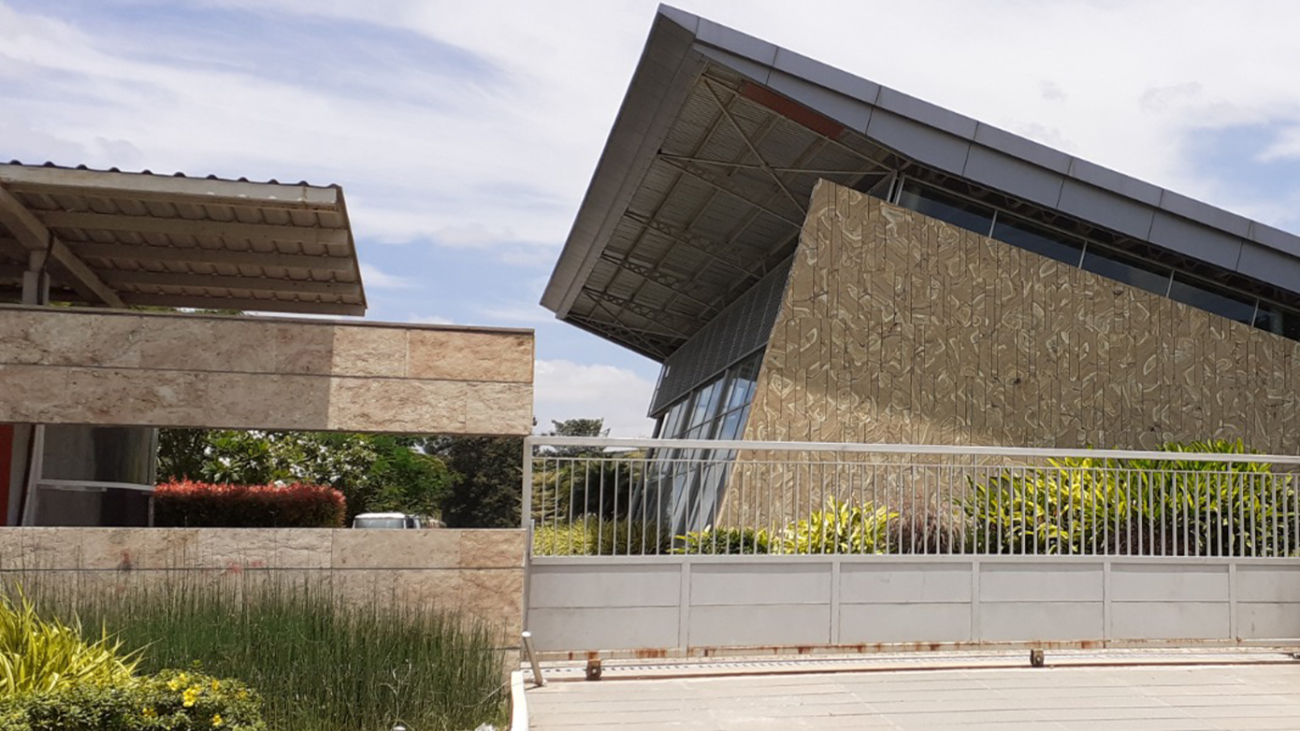In the dynamic landscape of design, a transformative wave has emerged, bringing with it a fusion of aesthetics and technology. Tech-integrated design, the seamless integration of cutting-edge technologies into the realms of architecture and interior design, is redefining the way we experience and interact with our surroundings. This essay delves into the multifaceted dimensions of tech-integrated design, exploring its impact on functionality, aesthetics, and the overall user experience.
The Marriage of Form and Function:
Tech-integrated design represents a harmonious marriage of form and function. By incorporating advanced technologies such as smart home systems, automation, and interactive interfaces, designers are transcending traditional boundaries to create spaces that not only captivate the eye but also respond intelligently to the needs of inhabitants. From intuitive lighting systems that adjust based on natural light patterns to smart furniture that adapts to user preferences, tech integration elevates design to a realm where beauty is not just skin-deep, but embedded in the very fabric of functionality.
Smart Homes:
At the forefront of tech-integrated design is the concept of the smart home. With the advent of the Internet of Things (IoT), homes are evolving into interconnected ecosystems where devices communicate seamlessly to enhance convenience and efficiency. Smart thermostats, security systems, and voice-activated assistants have become integral components of modern living spaces, creating environments that are not only aesthetically pleasing but also intelligent and responsive.
Interactive Environments:
Tech-integrated design extends beyond the realm of static structures, ushering in an era of interactive environments. Augmented reality (AR) and virtual reality (VR) technologies are being harnessed to create immersive experiences within spaces. From virtual walkthroughs of architectural designs to interactive museum exhibits that blend physical and digital elements, these technologies enrich the user experience by adding layers of engagement and storytelling.
Sustainability and Efficiency:
Incorporating technology into design goes hand-in-hand with the pursuit of sustainability and efficiency. Smart building systems can optimize energy consumption, utilizing sensors and automation to adapt to environmental conditions and user behavior. This not only reduces ecological footprints but also aligns with the growing emphasis on creating eco-friendly and energy-efficient spaces.
Challenges and Considerations:
While the integration of technology into design brings forth a myriad of possibilities, it is not without its challenges. Designers must grapple with issues of privacy, data security, and the ethical implications of creating spaces that are intimately connected to the digital realm. Striking a balance between innovation and responsible design becomes paramount in navigating the evolving landscape of tech-integrated spaces.





